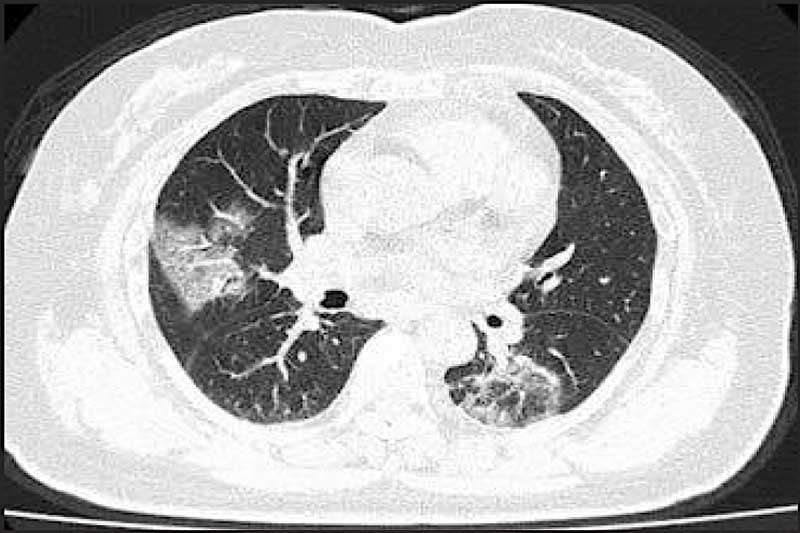Using AI in Medicine to Fight COVID-19
If you attended my Introduction to Machine Learning class, or our March Madness Challenge (which we sadly won’t get to play out), you might have some ideas about how we can use AI in medicine to fight COVID-19. At a high level, machine learning is giving the computer many data samples so that it learns to identify something (training) then having the computer look at new data and identify it. My first thought was perhaps we could use lung imaging to diagnose the virus faster. We could train algorithms with CT scans of healthy lungs and scans of COVID-19 infected lungs. The algorithm should quickly be able to learn the differences and identify people with the virus at a high level of accuracy.
There is a company in Beijing that built exactly this technology very early in the crisis. Alibaba’s research institute Damo Academy trained a model on 5000 images of infected lungs. They claim their model has an accuracy of 96% in diagnosing COVID-19.1

This is great news! Why don’t we just check everyone’s lungs and then we’ll know who has it and we won’t have to worry about asymptomatic people unintentionally spreading the virus? Well, it turns out CT scans are not trivial to give to billions of people. They require medical professionals and the proper equipment. Both of which are in very short supply right now. The technique is still extremely useful for aiding doctors in diagnosing cases, but not the bulk solution I would have hoped for.
The more I researched, the more I realized this is the true problem. Several companies are doing incredible things with AI to aid in the efforts. Google used their DeepMind system to predict the protein structure of the virus, which may help doctors understand the way the virus functions and help create treatments or eventually a cure.2 Another Chinese company, Baidu, is using computer vision equipped with infrared sensors to scan crowds for people exhibiting high temperatures and other symptoms.3 These things all help, but the real bottleneck is on the human side.
When it comes down to it, the problem and solution are things we’ve known for hundreds of years. Computers, and more broadly all technology, still can’t replace humans. Technology augments us, enables us, and supports us. But ultimately there still has to be a human in the loop, and humans are expensive, especially in time of crisis. Computers help and the internet helps. And maybe we’ll find that breakthrough that makes one doctor able to function like 20. But at least for now, AI can’t fight COVID-19 alone.